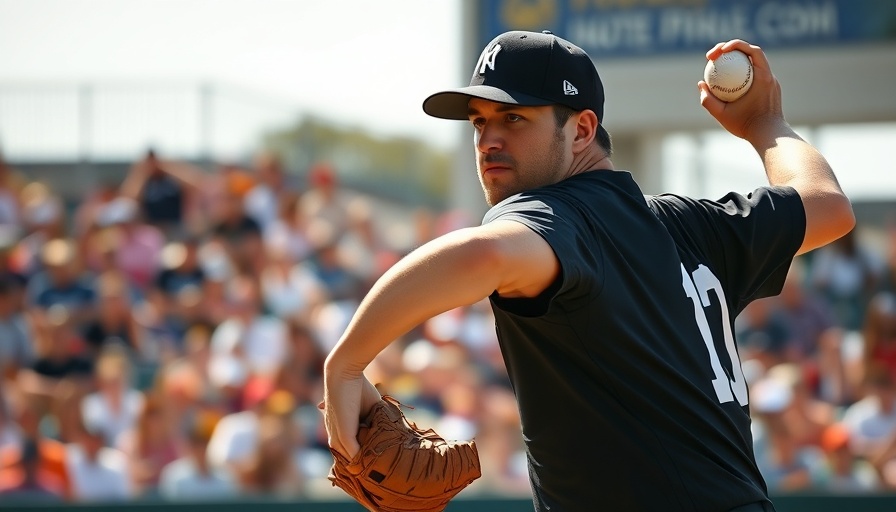
Mastering the Salary Cap: A Winning Fantasy Baseball Strategy
As the 2025 Fantasy Baseball season looms, the spotlight shines bright on salary cap leagues. For both seasoned veterans and enthusiastic newcomers, acquiring the right knowledge can set the stage for a triumphant season. Join me, Vanessa King, as we unravel the strategies behind a successful salary cap draft and the results emerging from the recent NFBC Draft.
Understanding Salary Cap Drafts: The Basics
For those new to the concept, salary cap leagues differ significantly from traditional snake drafts. In these leagues, each team has a set budget—typically around $260—to fill their roster, which ranges from pitchers to utility players. The excitement comes from the auction process, where team managers bid on their desired players. It’s a thrilling dance of strategy and forecasting values, allowing managers to build their dream team from scratch.
Stars and Scrubs: A Popular Strategy
One of the most popular strategies for managing a salary cap draft is known as the "stars and scrubs" approach. This method involves targeting a few high-profile, high-cost players—your "stars"—while filling the rest of your roster with lower-cost options, or "scrubs." The key to success lies in identifying those must-have elite players while also finding hidden gems during later bidding rounds. As described in FantasyPros, this strategy is particularly effective for seasoned players who can navigate the deeper player pools effectively.
Results from the NFBC Draft: Analyzing Performance
The NFBC Draft held on March 14th showcased various team strategies and outcomes. For instance, the winner managed to secure key players like Paul Skenes for $38 and Freddie Freeman for just $26—well under their projected average auction values (AAV). These savvy bids reflect a deep understanding of player valuation and auction dynamics—a critical skill in salary cap leagues.
Team Allocations: How Budgets Were Spent
A thorough examination of each team's budget allocations during the NFBC Draft shows a fascinating trend. While some managers suffered from leaving excess money on the table—like Team 14, who retained over $64, resulting in a less competitive roster—others maximized their budget meticulously. The average spend on hitters was about 62%, signaling a collective preference to dominate offense over pitching, which resonates with insights from the NBC Sports analysis.
Forecasting Your Own Draft Strategy
As you prepare for your own fantasy season, consider developing a strategic road map similar to those seen in the NFBC Draft. Engage in player research, create a list of target players, and allocate funds accordingly based on individual player values. Remember, securing a few elite stars can build a foundation, but the depth added by calculated low-cost signings could prove essential for a balanced squad.
The Race Ahead: What Lies Beyond the Draft
Ultimately, it’s not just about the draft but how you handle your roster throughout the season. Continuous engagement with the waiver wire and monitoring player performance are vital to maintaining a competitive edge. As we edge closer to Opening Day, remember that each decision made now can have significant repercussions during the season.
Conclusion: No Substitute for Preparation
While drafts may have their unexpected surprises, a well-prepared strategy can propel you to success. Whether you’re adopting the stars and scrubs method or finding your own approach, don’t overlook the importance of research and adaptability. Dive into the fantasy baseball season with confidence and seize the opportunity to create a championship-worthy team!
As the fantasy baseball community eagerly anticipates the start of the season, get ready to apply these insights and strategies. Engage deeply, analyze relentlessly, and remember: every single auction dollar counts!
 Add Row
Add Row  Add
Add 




Write A Comment